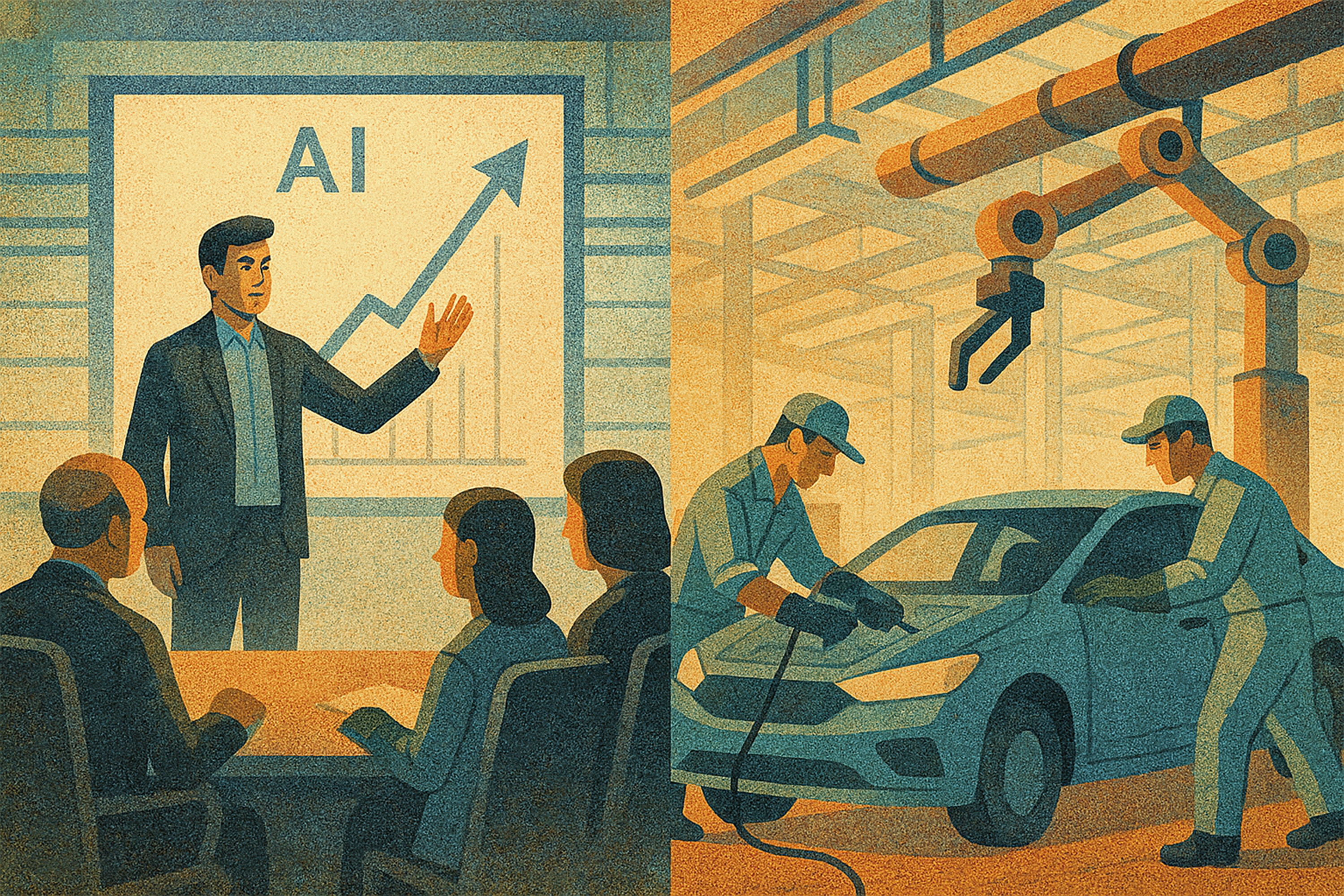
On the 21st of June Niantic launched their newest game Harry Potter: Wizzards Unite, the long awaited successor of their immensely popular location-based AR game Pokemon GO. Wizzards Unite is largely similar to Pokemon GO’s game mechanics, in which players have to find virtual monsters by exploring their physical environment. However, with a revenue of $1.9 million in the first 6 days, the game, despite its use of a popular IP, has not been able to replicate the success of its predecessor which grossed $50 million in the first 6 days. The game is currently available in more than 140 countries.
Pokemon GO successfully applied the limited possibilities of AR location-based gameplay to the central theme of the Pokemon universe, namely finding Pokemon in the wild. In contrast, Niantic’s latest game lacks this congruence between gameplay and its story universe. Moreover, it shows that AR location-based gaming has not yet fully matured as a next-gen gaming platform. However, as Pokemon GO has already foreshadowed, with all enabling technologies in place AR gaming could become a driver of next-gen technologies as game developers try to design more engaging AR experiences.
With the mainstream roll out of 5G, edge computing and cloud gaming in the coming years, offering more powerful ubiquitous compute, lower latency, higher bandwidth and higher connection density, it is likely that we will see AR games in the near future that allow for more complex real-time interactions between a large number of people, physical objects and the physical environment at large. Given the reliance on advanced technological infrastructure, cities could become the first places where these new generation of AR games could take off. Furthermore, advancements in hardware user interfaces (e.g. AR glasses and sensorized environments) could offer more immersive, seamless and intricate game experiences. Consequently, we could see gaming genres such as First Person Shooters or even Massive Multiplayer Online Role Playing Games taking place in our physical environment. Where Pokemon GO’s simple game mechanics already led to real world consequences, these future games with advanced gameplay could have a significant transformative impact on consumer behavior and our physical public spaces, potentially resulting in new forms of business and regulation.

